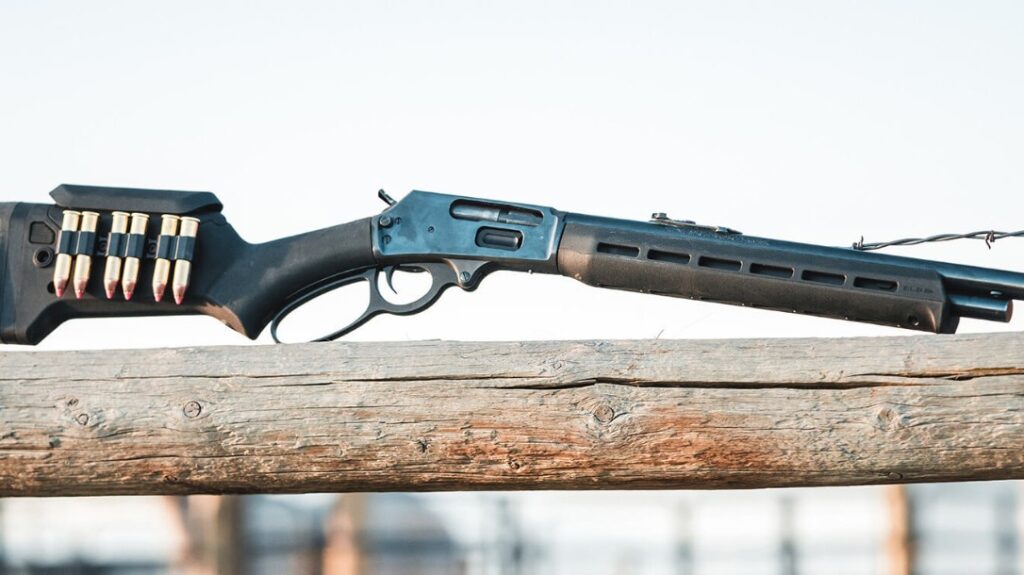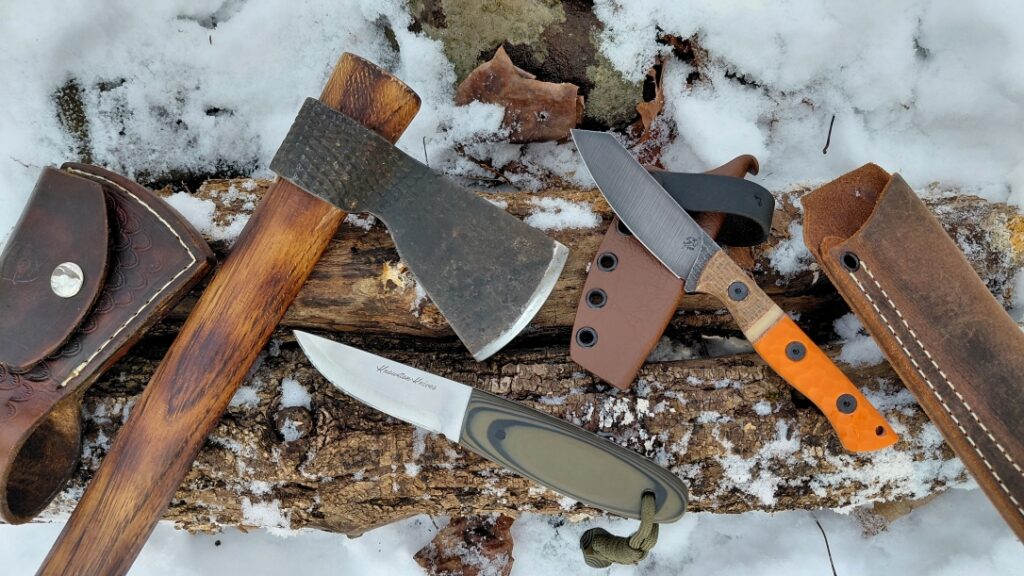The idea of a .30 Carbine handgun isn’t new. Ruger has produced a .30 Carbine Blackhawk for a very long time. AMT even designed a semi-auto handgun that chambered the .30 Carbine round. The little .30 Carbine isn’t designed for handguns but works okay in shorter barrels. While Ruger, AMT, and a handful of other companies have produced the .30 Carbine revolver, did you know S&W produced a .30 Carbine revolver in 1944? The S&W .30 Carbine revolver might be one of the rarest revolvers ever made.
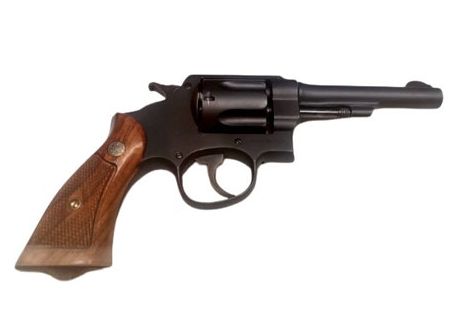
(Also, there is only one photo I can find; I apologize for that.)
Advertisement — Continue Reading Below
Breaking Down the S&W .30 Carbine Revolver
The S&W .30 Carbine revolver was produced with the idea of a military contract. In 1944, the .30 Carbine was plentiful, widely available, and a big part of the military’s arsenal. While the M1911 was the standard handgun, it wasn’t the only handgun. Revolvers were everywhere in the United States military.

The M1917 worked as a stand-in for the M1911 at times when American forces didn’t have enough .1911s. Guns like the S&W Victory model in .38 Special was also widely fielded among military forces. Companies like S&W could produce revolvers faster than M1911s, so the experiment with the S&W .30 Carbine revolver made a lot of sense.
Advertisement — Continue Reading Below
The military possessed tons of .30 Carbine, and a .30 Carbine revolver would be easier to field logistically than a .38 Special revolver. The S&W .30 Carbine revolver does share a lot of features with the M1917, a .45 ACP revolver. Both guns used the medium frame N frame design. Both guns also used calibers that weren’t tied to revolvers.
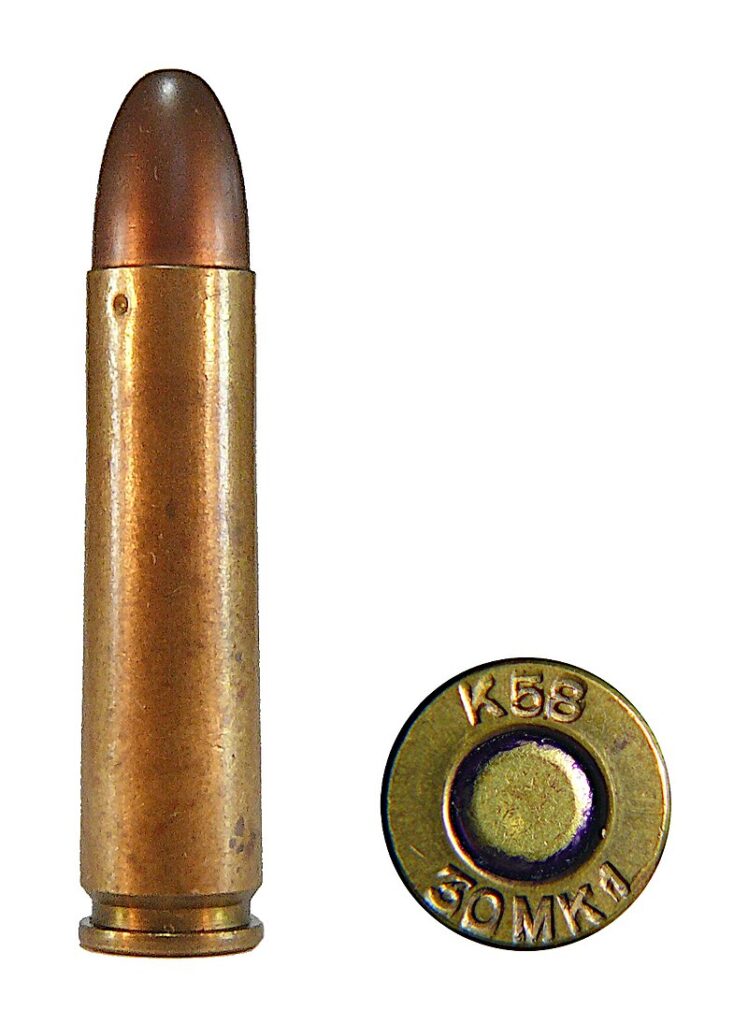
Neither of these rounds was designed for revolvers. This meant the end user needed moon clips to ensure ejection. S&W designed the original moon clip and adapted that simple piece of technology to the S&W .30 Carbine revolver. Predictably, it’s a double action design.
Advertisement — Continue Reading Below
The S&W .30 Carbine revolver housed by the Springfield Armory museum has a five-inch barrel, a trench rear sight, wood grips, a half-moon front sight, and a lanyard loop. There was also a target model produced for testing that’s known as Serial Number 4. Serial Number 4 features adjustable sights, a blued finish, and no lanyard loop.
Testing the S&W .30 Carbine Revolver
The Ordinance Department tested the S&W .30 Carbine revolver in 1944. The revolver was found to have recoil equivalent to that of a .45 ACP revolver. The revolver passed the Army’s endurance tests with no breakages. The velocity from a five-inch barrel was reported to be 1277 feet per second. That’s faster than most .38 Special loads out of a similar gun.
The downsides were a reported massive increase in muzzle blast and concussion. Shooter’s complained about the issue, and I can certainly see why. The .30 Carbine round was produced for a much longer barrel. The blast and concussion are a predictable expectation from a five-inch barrel.
Advertisement — Continue Reading Below
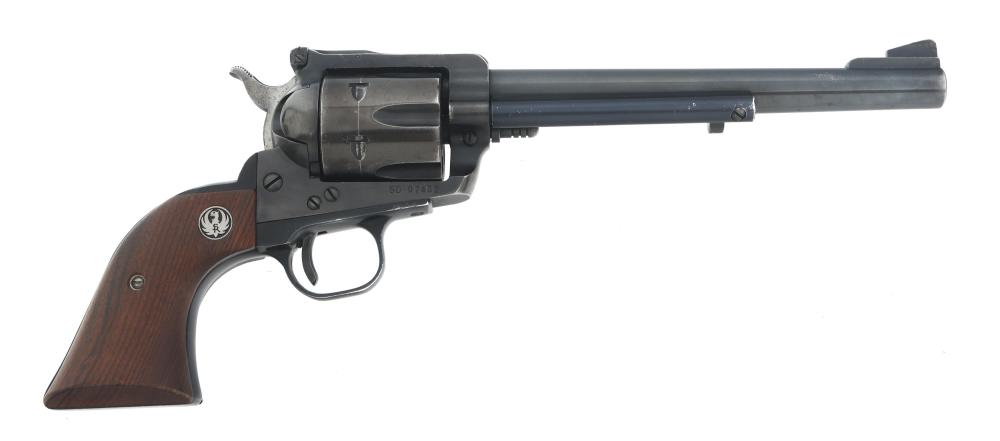
The US Army passed on the weapon, and it’s unclear how many were produced. According to the Standard Catalog of Smith & Wesson, three are in private collections. Serial Numbers 2 and 4 are known to exist. Serial Number 2 was sold in 2003 through the James D. Julia auction house.
According to the Standard Catalog of Smith & Wesson, General Arnold ordered two more. These post-war guns are lost to time. A three-screw frame model known as the X25 was also prototyped. Additionally, supposedly, a few K frames were prototyped, but the frame proved to be too light for the cartridge.
Advertisement — Continue Reading Below
That’s It
The S&W .30 Carbine faded from time. Most of the information regarding how many were made is lost to time. These guns are very scarce, with only three known. It might just be the rarest S&W revolver out there.


